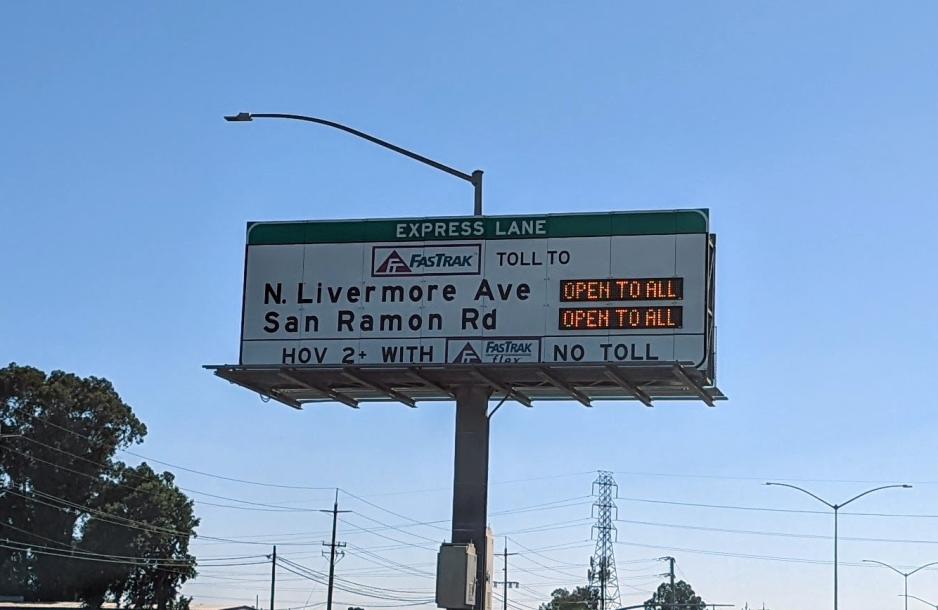The relative low cost of driving alone and parking remains the biggest challenge to the implementation of TDM measures.
There are a number of relatively simple measures that lower the cost of commuting.
- Expand managed and toll lane programs for a more efficient use of existing roadways. Dynamic toll pricing helps limit overcrowding in toll/express lane(s).
- Provide incentives such as subsidized or free transit passes, bicycle commuter benefits, or vanpool/carpool subsidies.
- Encourage employer-based programs that offer pre-tax benefits, discounts, and other financial incentives such as subsidized or free transit passes and bicycle commuter benefits to reduce commute costs.
- Shift state and local program resources from administrative requirements to implementation functions that more directly affect travel behavioral change.
- Introduce paid parking and increase the price of parking where it already exists (which increases the costs associated with driving alone).
- Implement parking cash-out programs to incentivize commuters to choose to not drive to work.
Body
